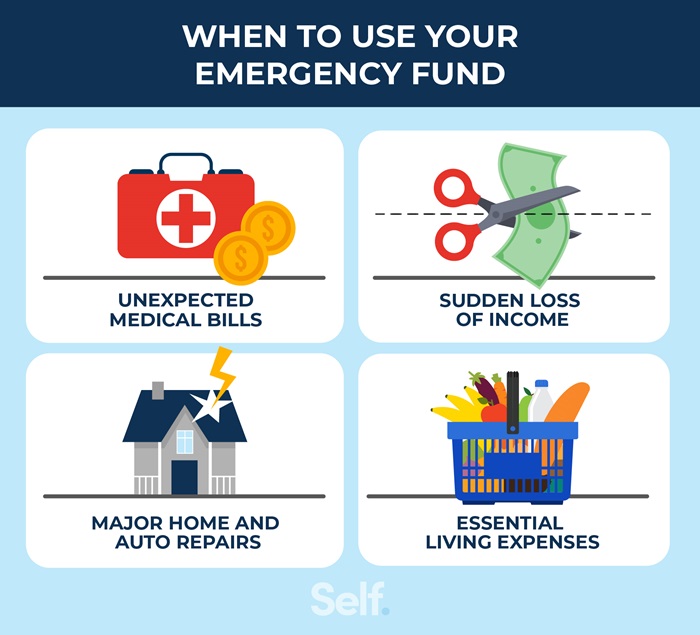
Setting financial goals is the first step toward achieving financial stability and success. Without clear goals, it’s easy to fall into the habit of spending without purpose or saving without direction.
Why Most People Fail at Financial Goals
Most financial goals fail for three key reasons:
- They’re too vague (“I want to save more money”).
- They lack a timeline (“I’ll invest someday”).
- They aren’t connected to personal values.
Let’s break down a step-by-step process of setting realistic and achievable financial goals so you can take control of your money and build the future you want.
Step 1: Define Your Financial Goals
The first step is knowing exactly what you want to achieve. Your goals should be specific, measurable, and realistic.
Types of Financial Goals
- Short-Term Goals (0-2 years) – Emergency fund, paying off small debts, vacation savings.
- Medium-Term Goals (2-5 years) – Car purchase, house down payment, starting a business.
- Long-Term Goals (5+ years) – Retirement savings, building wealth, mortgage payoff.
Ask Yourself These Questions
- What financial milestones do I want to reach in the next year, or 5-10 years?
- Am I saving for something specific, like a house, vacation, or retirement?
- Do I need to pay off debt before working toward other goals?
Once you define your goals, you can start working on a plan to achieve them.
Step 2: Prioritize Your Goals
Not all financial goals are equal. Some should take priority over others—especially those that affect your financial security.
Begin by focusing on essentials such as building an emergency fund and paying off high-interest debt.
While prioritizing these critical financial foundations, you can still work on multiple goals by allocating funds strategically toward other priorities. Setting realistic expectations is key—break larger goals into smaller, manageable phases to make progress more achievable and sustainable.
The key is to pace yourself and tackle things gradually to avoid feeling overwhelmed.
5 Steps for Financial Stability in 2025
Step 3: Make Your Goals SMART
A vague goal like “I want to save money” won’t get you far. Instead, use the SMART goal framework to make your financial goals clear and actionable.
- Specific: Define exactly what you want to achieve.
- Measurable: Attach numbers to track progress.
- Achievable: Set realistic targets based on your income.
- Relevant: Connect goals to what truly matters to you.
- Time-bound: Set clear deadlines.
SMART Goal Example
- ❌ Bad Goal: “I want to save for a vacation.”
- ✅ SMART Goal: “I will save $2,500 for a vacation in 12 months by setting aside $208 per month.”
This way you’re giving yourself something specific to work towards on a dedicated, realistic timeline that doesn’t ask too much of yourself.
What is Your Net Worth? And Strategies to Boost It at Any Age
Step 4: Build an Emergency Fund
Before focusing on wealth-building or luxury purchases, secure your financial foundation with an emergency fund.
Why It’s Essential
Having an emergency fund is essential because it provides a financial safety net for unexpected expenses like medical bills, car repairs, or job loss. It helps prevent reliance on credit cards and debt, reducing financial stress and uncertainty.
Ideally, you should aim to save 3-6 months’ worth of living expenses. But if that feels overwhelming, try starting with an initial goal of $1,000 and build from there.
Step 5: Tackle Debt Strategically
Debt can hold you back from reaching financial goals faster. That’s why it’s important to have a plan to pay it down efficiently.
Two Proven Debt Repayment Strategies
- Debt Snowball Method: Pay off the smallest debt first to gain momentum.
- Debt Avalanche Method: Pay off the highest interest rate debt first to save money.
Whichever method you choose, make consistent payments and avoid accumulating new debt whenever possible.
Step 6: Track Progress & Adjust Your Plan
How to Stay Accountable
Regularly reviewing your budget ensures you stay on track with your financial goals.
Schedule quarterly financial check-ins to assess progress, celebrate milestones—without overspending—and make necessary adjustments as life changes. The most successful individuals aren’t those who never face setbacks but those who adapt quickly.
Financial goal setting isn’t about perfection; it’s about consistent progress.
Start with one clear goal today, no matter how small. As you achieve small wins, your confidence will grow, and so will your ambitions.


